Electric mobility alone cannot address CO2 problem: Bosch
In Europe, where Euro 6 emission norms are already in place, the focus for diesel engines is to reduce emission levels of NOx. Suppliers like Bosch believe that the challenge can be tackled with technology.
The world's leading automotive supplier says policy makers in any country should not depend on only one propulsion technology as a route to a cleaner future. Sumantra B Barooah reports from Bosch Mobility Experience 2017 held in Boxberg, Germany, earlier this month.
France has recently decided to ban petrol or diesel cars by 2040. Germany, Netherlands and Norway have already adopted a similar approach. India wants to go full electric by 2030 or so. All these decisions have one intent – to clean the air quality. However, Bosch, the leading automotive supplier, says the approach of banning is "ecologically misguided – or at best environmental protection from a blinkered perspective".
First of all, the CO2 requirements in the world cannot only be reached by electric mobility," Dr Rolf Bulander, chairman, mobility solutions business, Bosch, told Autocar Professional. Bosch sees significant growth for electric mobility in the coming years, but also says that there's more that the combustion engine can deliver towards cleaner mobility. "We need the improvement of the current combustion engines and this is diesel and gasoline (petrol) as well. Diesel has a CO2 advantage compared to petrol of at least 15 percent. So we should leverage and use that, and should not lose it," says Dr Bulander.
In Europe, where Euro 6 emission norms are already in place, the focus for diesel engines is to reduce emission levels of NOx. Suppliers like Bosch believe that the challenge can be tackled with technology. "That’s the reason why we support diesel engines still very much, although we believe electro-mobility will also see a strong increase," says Dr Bulander.
Dr Bulander was speaking at the Bosch Mobility Experience 2017, a biennial event held in Boxberg, Germany, to showcase the company's innovations and technological advancements. The focus is on solutions that will contribute to emission-free, accident-free and stress-free driving environments.
Bosch sees the global phenomenon of urbanisation contributing to the environment for such technologies. They could be in vehicles as well as in the infrastructure where the vehicles operate. By 2050, over six billion people are expected to live in megacities. That number stands at three billion now. Urban traffic by 2050 is expected to treble. "It is scarcely conceivable that this growing traffic volume will be on four wheels only, and so we too are focusing on new solutions for transporting people and goods that go beyond the car," says Dr Bulander. With 'smart cities' emerging, Bosch sees big business opportunities to tap. It expects the smart-city market to grow at 19 percent each year till 2020 to touch a volume of 700 billion euros (Rs 5,350,800 crore).
GREEN MOBILITY
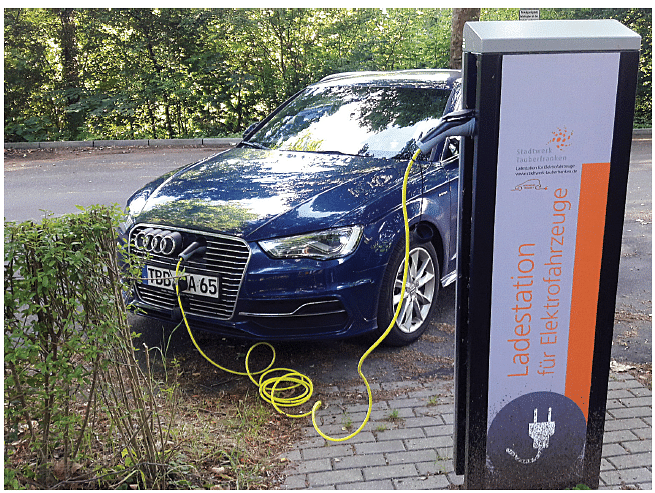
The German supplier estimates that nearly 20 million hybrids and electric vehicles will be produced in 2025. There are indications enough that electric mobility will be the future of mobility, and therefore Bosch is setting up an operating unit specifically for electro-mobility. From the start of 2018, this will include the company’s electro-mobility activities as well as today’s petrol and diesel systems divisions.
In the future, Bosch will supply existing and new customers with all powertrain technologies from a single source. In addition to electro-mobility, Bosch will work intensively on further improving combustion-engine technology. In addition to the 20 million new hybrids and EVs on the world’s roads in 2025, there will be some 85 million new petrol and diesel-powered vehicles.
Each year, Bosch spends several billion euros on further improving powertrain solutions. In the quest to achieve a breakthrough in electro-mobility alone, the company invests 400 million euros (Rs 3,057 crore) annually. Most of this has gone into battery research and development. Around 1,800 Bosch experts are working on the electromobility of the future.
Dr Markus Heyn, Board member, Bosch, feels that small EVs have a "bright future" worldwide. "We can currently see a new wave of pragmatism among city dwellers. Their rallying cry is back to basics, with mobility having to offer one thing above all: it has to get them reliably and as quickly as possible from A to B. They want a simple and affordable alternative, without stress and emissions," he says. He pointed out that over the past decade, annual electric scooter sales have grown from around 58,000 to 30 million units.
BATTERY RESEARCH
Bosch is researching batteries that will make it possible to drive longer distances without recharging, and will also cost less than current batteries. The company says that as early as 2020, its batteries should be capable of storing twice as much energy while costing significantly less. The market forecasts are correspondingly bullish: 10 years from now, Bosch expects around 15 percent of all new vehicles worldwide to have an electrical powertrain.
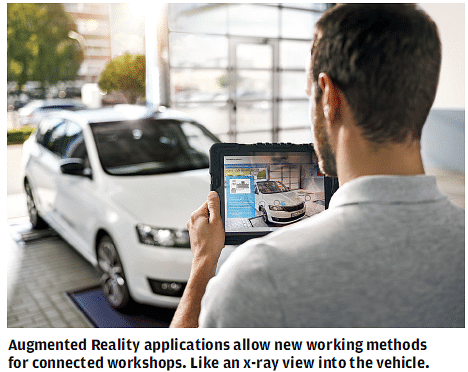
Dr Thorsten Ochs, head of battery technology R&D at the new Bosch research campus in Renningen, explains what will be necessary for progress in battery technology: “To achieve widespread acceptance of electro-mobility, midsized vehicles need to have 50 kilowatt hours of usable energy.” With conventional lead batteries, this would mean increasing the weight of the battery to 1.9 metric tons, even without wiring and the holder.
Today’s lithium-ion batteries are superior in this respect. They store more than three times the amount of energy per kilogram. At a weight of 230 kilograms, the battery of a modern-day electric car provides approximately 18 to 30 kilowatt hours. But to achieve the desired 50 kilowatt hours, a battery weighing 380 to 600 kilograms would be necessary. With his colleagues around the world, Ochs is therefore working on energy storage media with even better performance. Their goal: to pack 50 kilowatt hours into 190 kilograms.
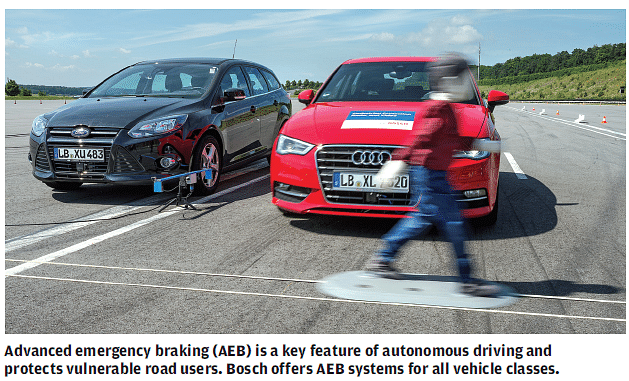
AUTOMATED DRIVING
Driver assistance systems is a fast-growing business for Bosch. During 2026, the order size for such systems stood at 3.5 billion euros for the company.
"Unit sales of our radar sensors alone will grow 60 percent this year, and those of video sensors by 80 percent," says Dr Dirk Hoheisel, Board member, Bosch. This reflects the growing focus of OEMs in offering various driver assistance features in existing cars, and future projects.
Beyond components, Bosch plans to build its Artificial Intelligence (AI) capabilities. It will invest 300 million euros in a Bosch Centre for artificial intelligence over the next five years. The centre will employ around 100 experts in India, USA and Germany.

Some of the key technologies, the company is offering to aid autonomous driving are:
Lidar sensor: In addition to radar, video, and ultrasonic sensors, Bosch also uses lidar sensors in its automated test vehicles. The various sensor principles complement each other very well and combine data to ensure reliable environment recognition. Automated vehicles use this data to derive their driving strategy.
Radar sensor: As one of several sensor principles, radar sensors provide important 360-degree information about their surroundings within a distance of up to 250 meters for automated vehicles. Furthermore, Bosch radar sensors send frequency-modulated radar waves measuring between 76 and 77 GHz via a transmitting antenna. These waves are reflected by objects in front of the vehicle.
Ultrasonic sensor: Ultrasonic sensors are needed in automated driving, primarily for close-range environment recognition of up to six metres and at low speeds, such as during parking. The sensors employ the sonar technique, which bats, for example, also use in navigation. They emit short ultrasound signals that are reflected by obstacles. The echoes are registered by the sensors and analysed by a central control unit.
Video sensor: With a 3D measurement range of over 50 metres, the Bosch stereo video camera provides important optical information about the vehicle’s surroundings. Each of the two highly sensitive image sensors, equipped with colour recognition and complementary metal oxide semiconductor (CMOS) technology, has a resolution of 1280 by 960 megapixels and is capable of processing extreme contrasts. The distance between the optical axes of the two lenses is 12 centimetres. The information from the sensor is combined with data from other sensor principles to generate a model of the surroundings for automated vehicles.
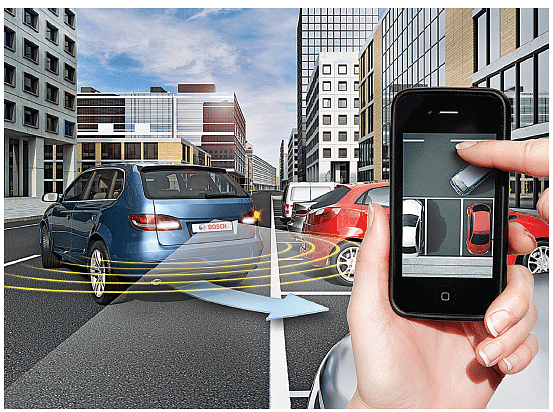
CONNECTED CARS
Together with the Prognos research institute, Bosch has looked into the future and assessed what connected vehicles will be able to accomplish using technologies that by then will be widespread: highly automated driving, emergency braking assistants, and smartphone integration.
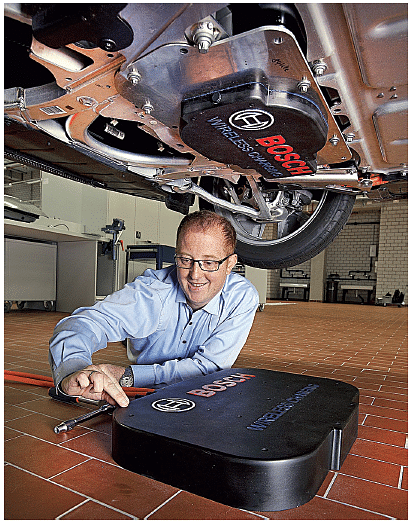
The study, which looked at Germany, US and China, found that by 2025, the implications of connectivity will have noticeable effects on every driver. “Today, computers, smartphones, and the internet are part of everyday life in our society. The same will be true of connected cars in 2025,” says Dr Dirk Hoheisel, member of the board of management of Robert Bosch GmbH.
Here are some interesting facts and figures revealed in the study:
Emergency services assistants: In 2025, connected assistance systems could save 11,000 lives, 300 of them in Germany (US: 4,000, China: 7,000). Besides that, a total of over 260,000 accidents that result in injuries (Germany: 30,000, US: 210,000, China: 20,000) can be avoided each year.
Savings for the environment: Germany’s national park in the Black Forest can process 400,000 metric tons of CO2 over three years – the same amount that connected mobility functions will be able to save in 2025. How is that possible? Highly automated vehicles require less fuel, and technologies for simplifying the parking search cut down on traffic and the resultant emissions.
There are enough advantages of adopting and developing technologies to make our roads safer and the environment cleaner. Tier 1 suppliers such as Bosch are now gearing up to play a more crucial and integral role in designing the future of mobility.
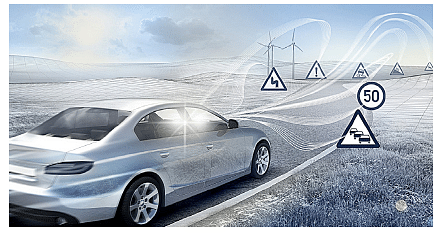
RELATED ARTICLES
Skoda begins sale of made-in-India CKD Kushaq in Vietnam
Before production started, pre-series Kushaq vehicles covered over 330,000 kilometres on a variety of Vietnamese roads a...
Six Japanese companies join forces to expand use of recycled materials in new vehicles
Denso, Toray Industries, Nomura Research Institute, Honda Motor, Matec Inc and Rever Corporation have set up the BlueReb...
BYD selects Voestalpine as steel supplier for its Hungarian plant
The announcement of the Austrian steelmaker as a supplier demonstrates BYD’s strategic plan to source from high-quality,...





 30 Jul 2017
30 Jul 2017
 4593 Views
4593 Views





 Autocar Professional Bureau
Autocar Professional Bureau




